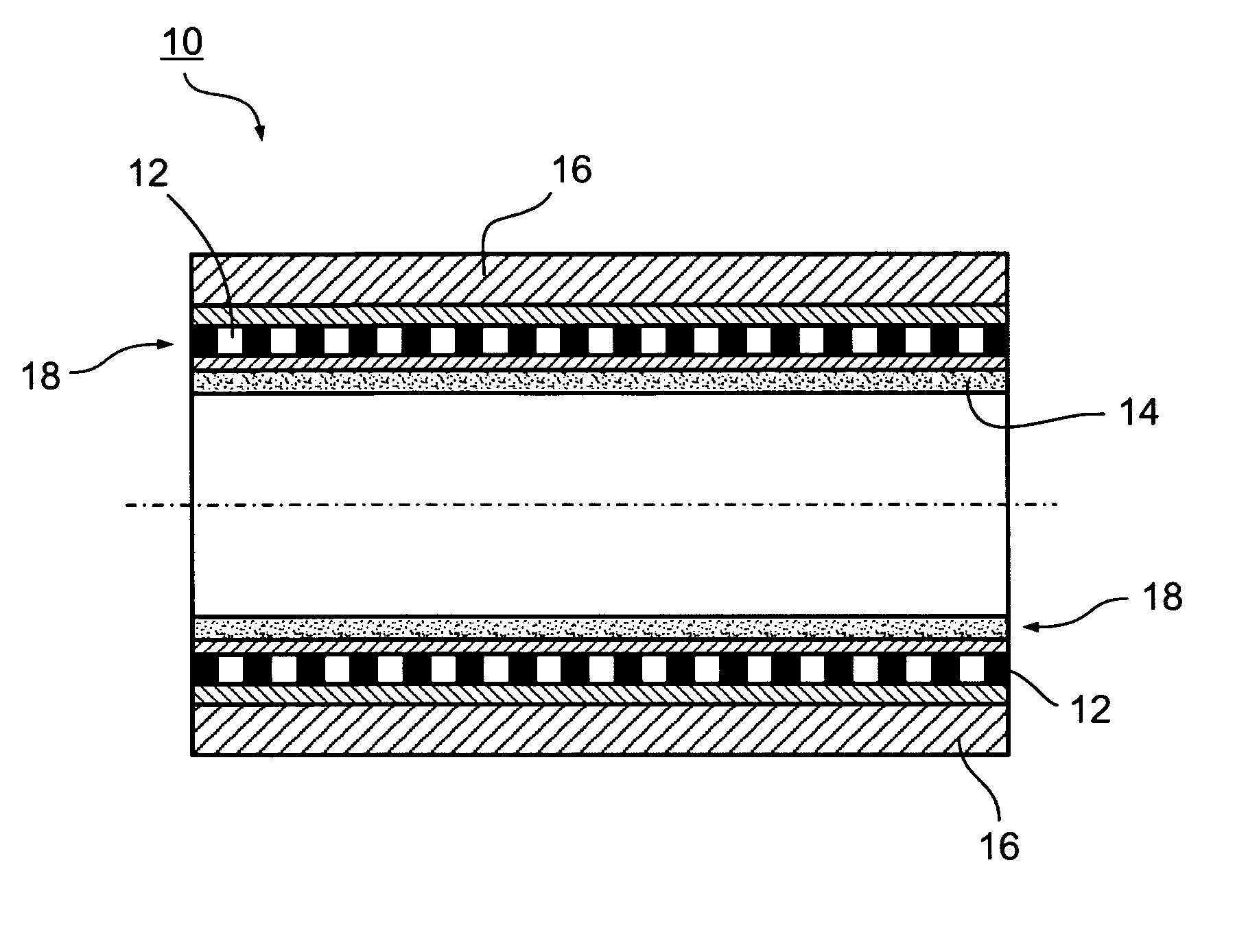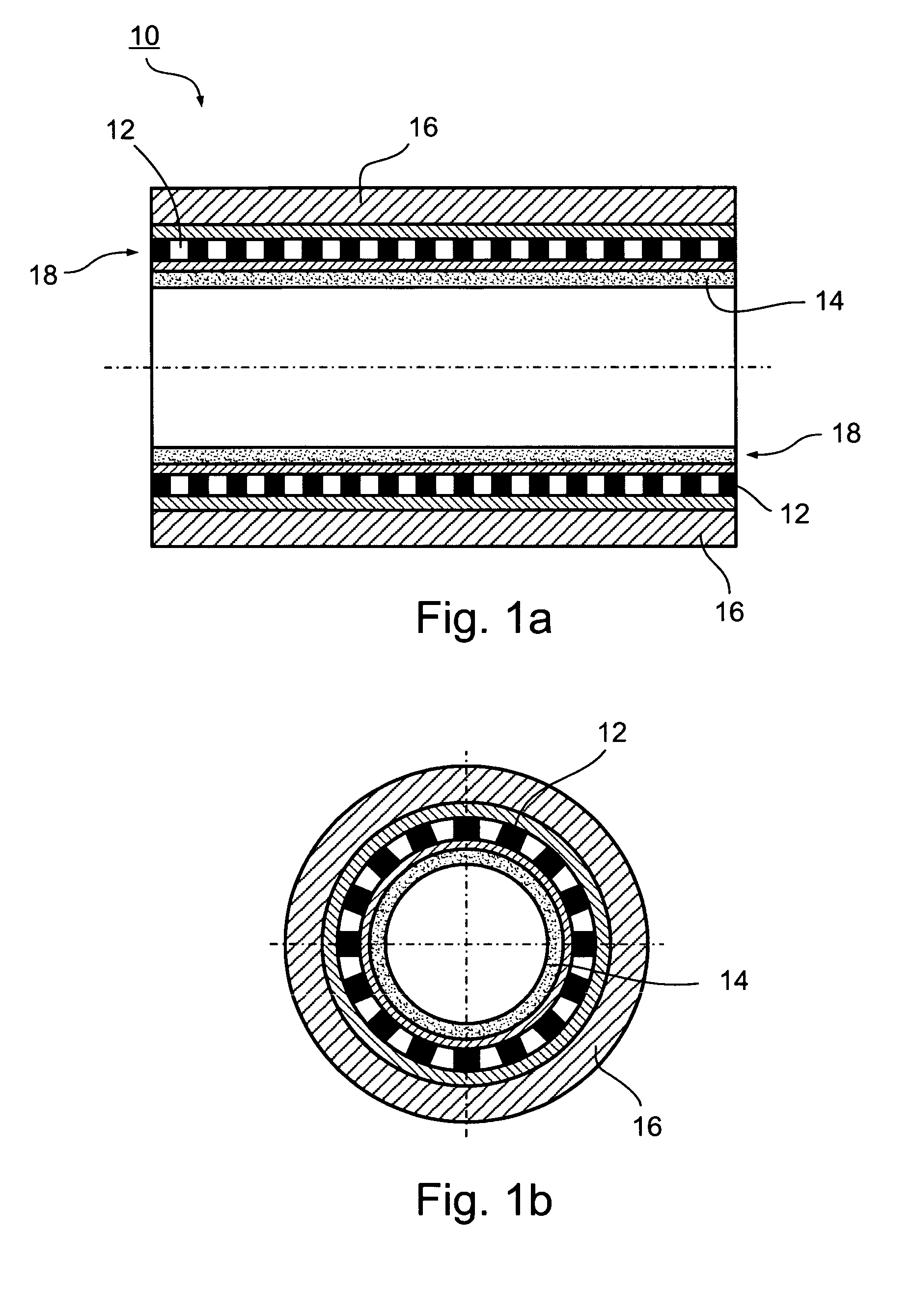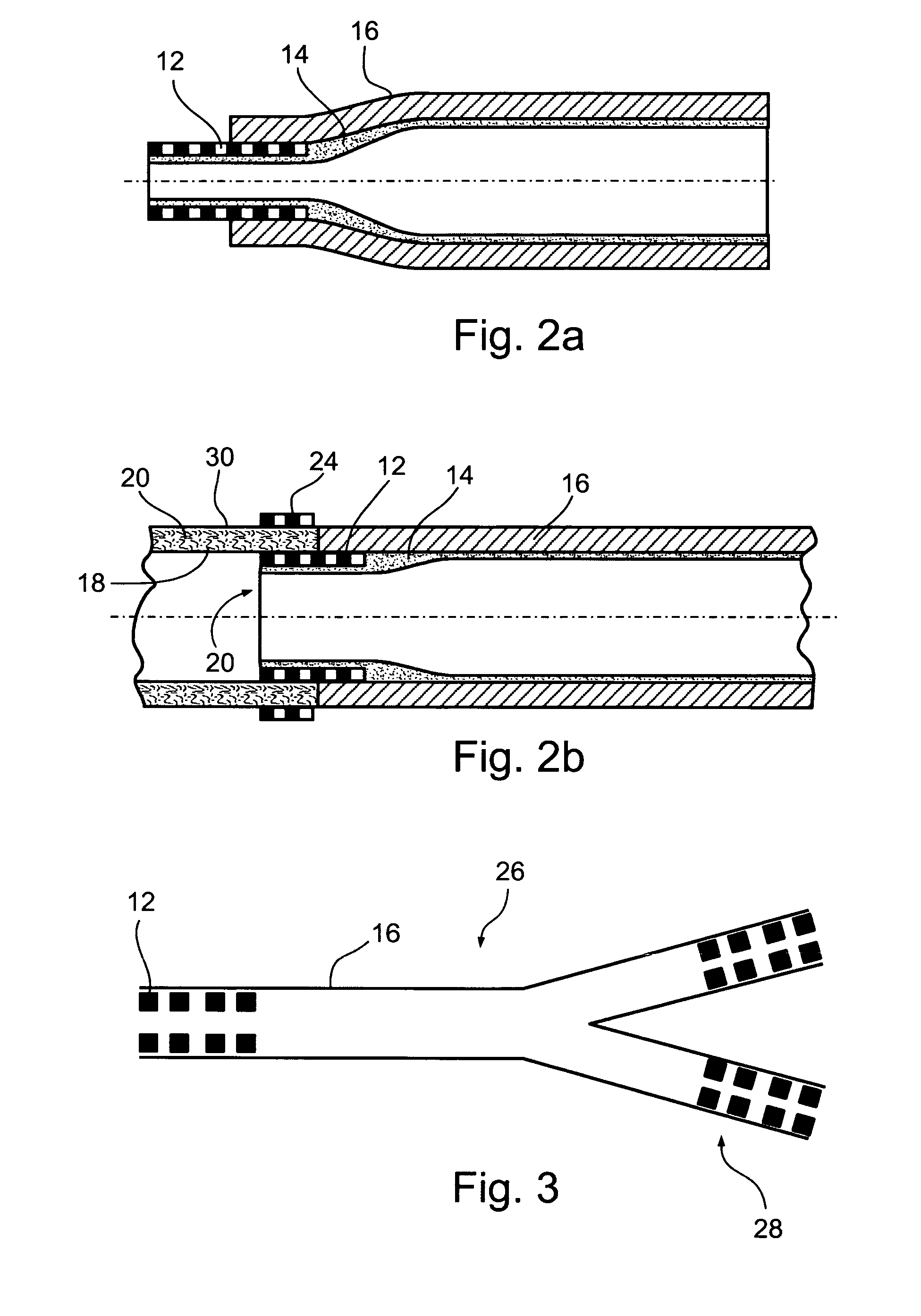Vascular Prosthesis with Anastomotic Member
a technology of anastomosis and prosthesis, which is applied in the direction of prosthesis, surgical staples, blood vessels, etc., can solve the problems of reducing the viability of the vessel, and reducing the flow of fluid, so as to reduce the flow of fluid
- Summary
- Abstract
- Description
- Claims
- Application Information
AI Technical Summary
Benefits of technology
Problems solved by technology
Method used
Image
Examples
Embodiment Construction
[0104]The present invention is of a device and method which can be used in vessel implantation procedures. Specifically, the present invention can be used to replace, bypass or connect blood vessels and other fluid-transporting vessels of the body, for example, coronary arteries, peripheral blood vessels, urinary vessels and the like.
[0105]The principles and operation of a device and methods according to the present invention may be better understood with reference to the drawings and accompanying descriptions.
[0106]Before explaining at least one embodiment of the invention in detail, it is to be understood that the invention is not limited in its application to the details of construction and the arrangement of the components set forth in the following description or illustrated in the drawings. The invention is capable of other embodiments or of being practiced or carried out in various ways. Also, it is to be understood that the phraseology and terminology employed herein is for ...
PUM
 Login to View More
Login to View More Abstract
Description
Claims
Application Information
 Login to View More
Login to View More - R&D
- Intellectual Property
- Life Sciences
- Materials
- Tech Scout
- Unparalleled Data Quality
- Higher Quality Content
- 60% Fewer Hallucinations
Browse by: Latest US Patents, China's latest patents, Technical Efficacy Thesaurus, Application Domain, Technology Topic, Popular Technical Reports.
© 2025 PatSnap. All rights reserved.Legal|Privacy policy|Modern Slavery Act Transparency Statement|Sitemap|About US| Contact US: help@patsnap.com



